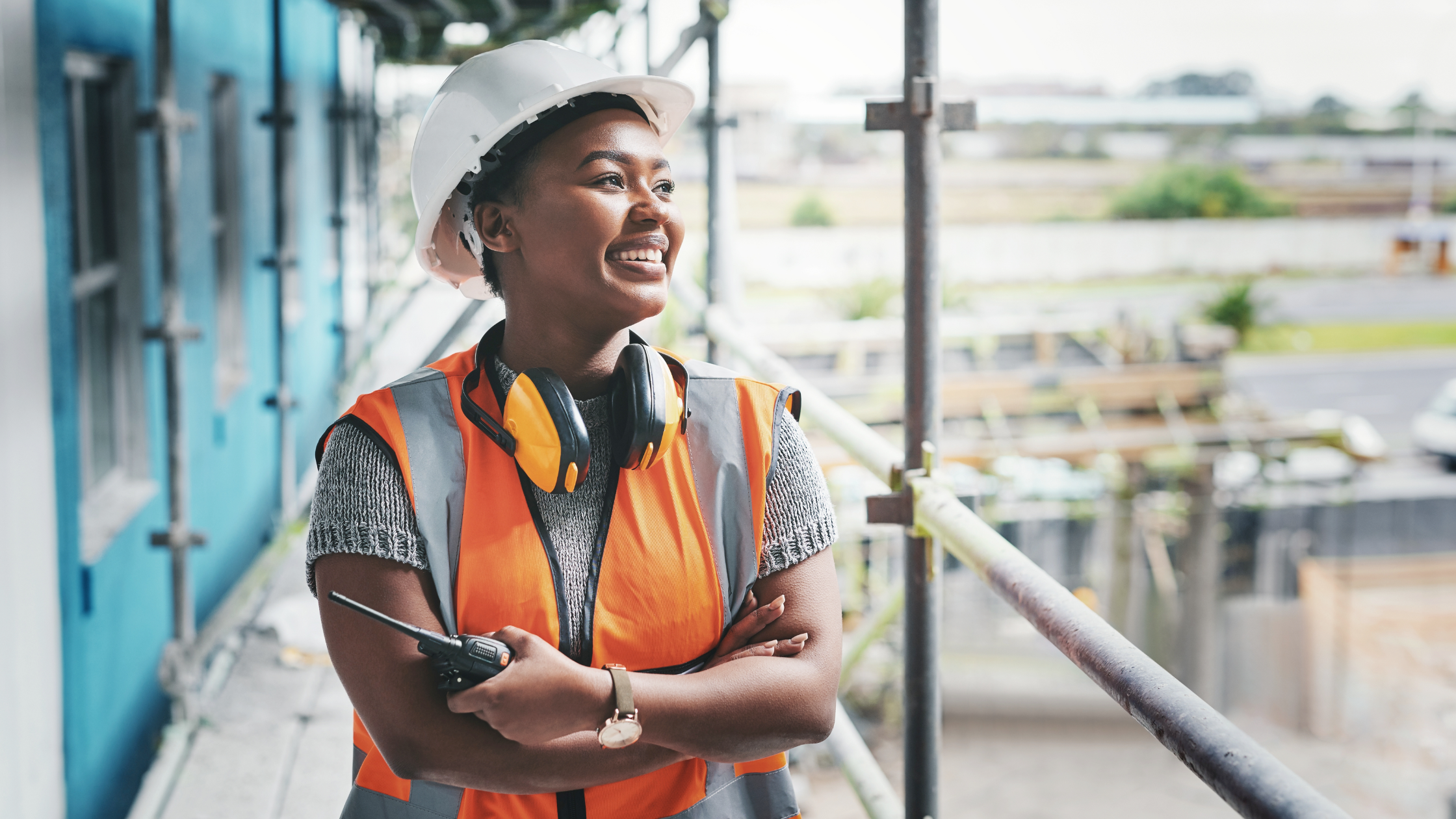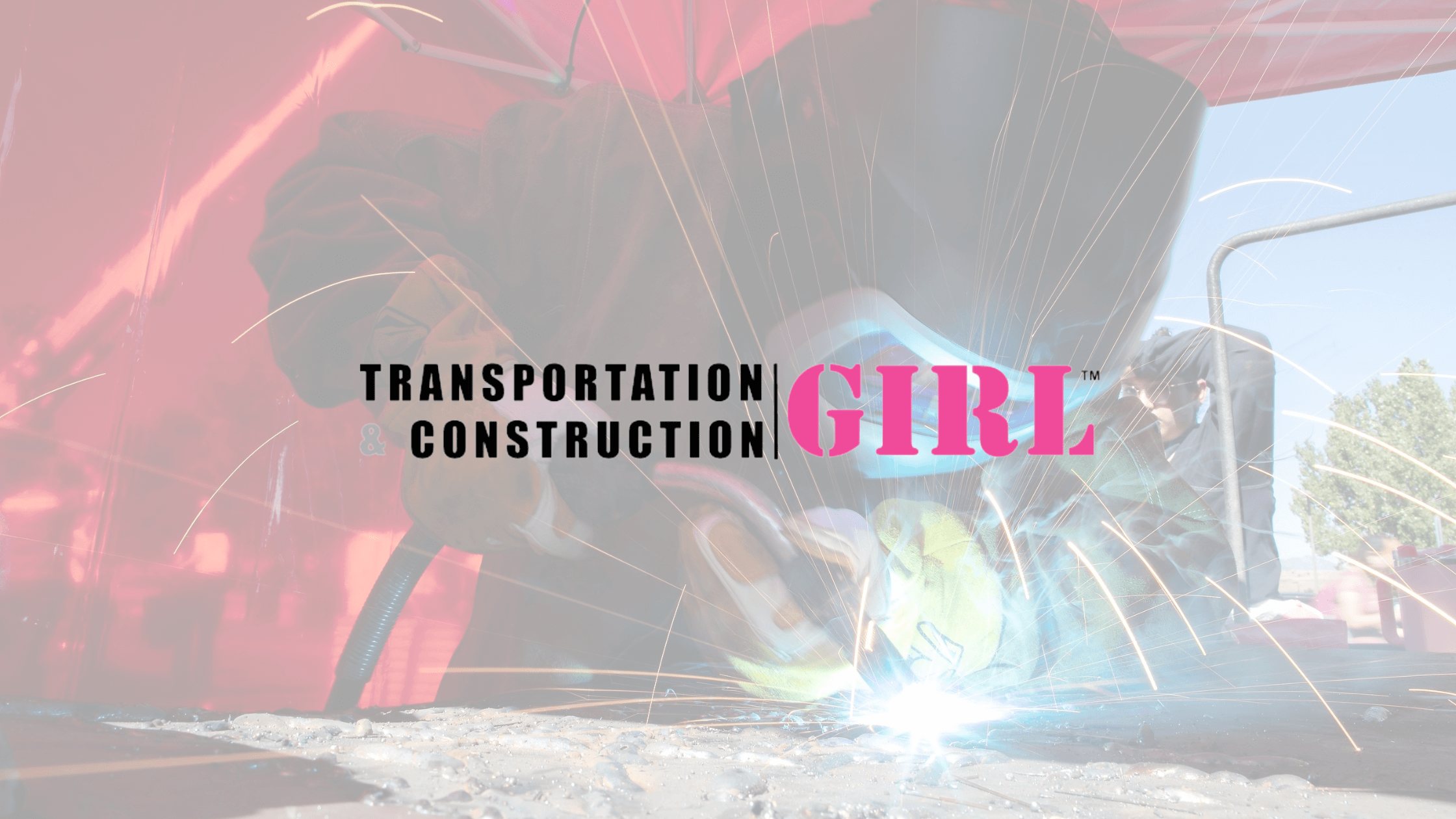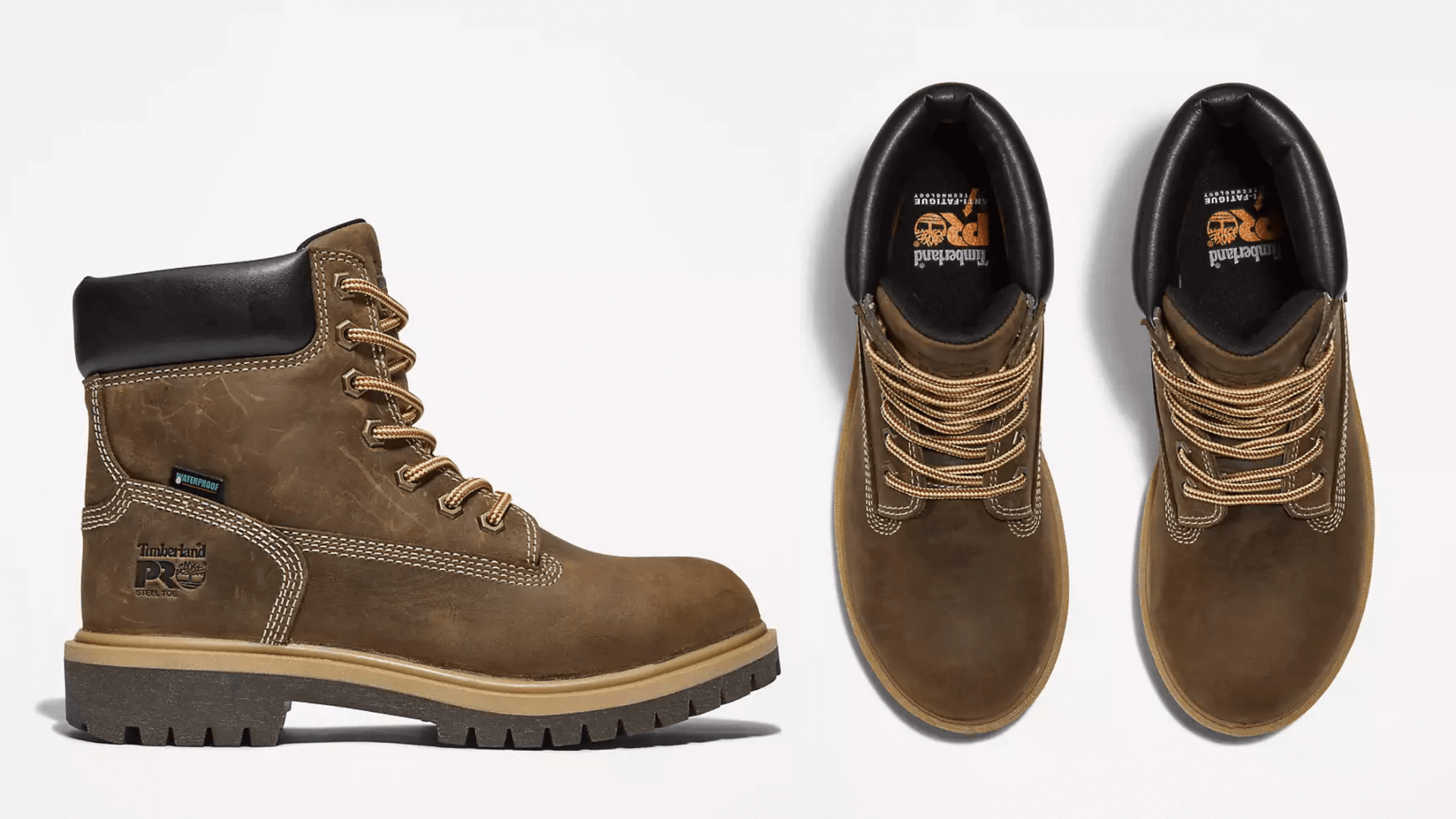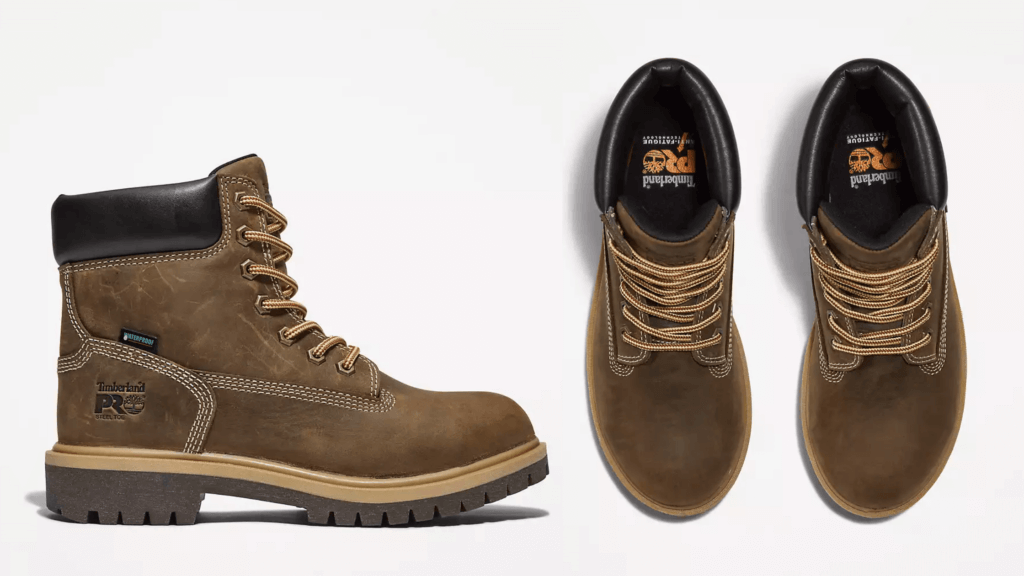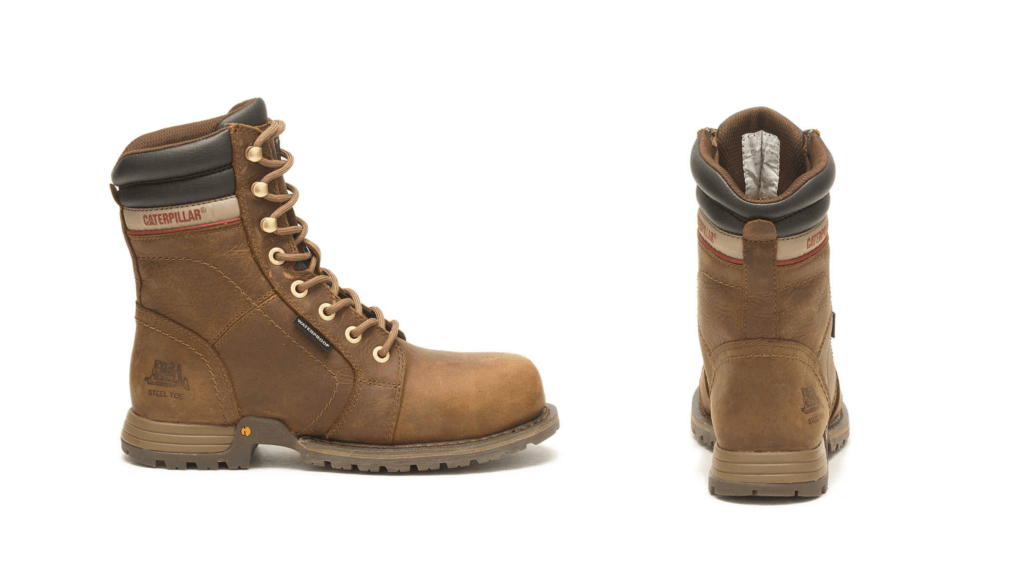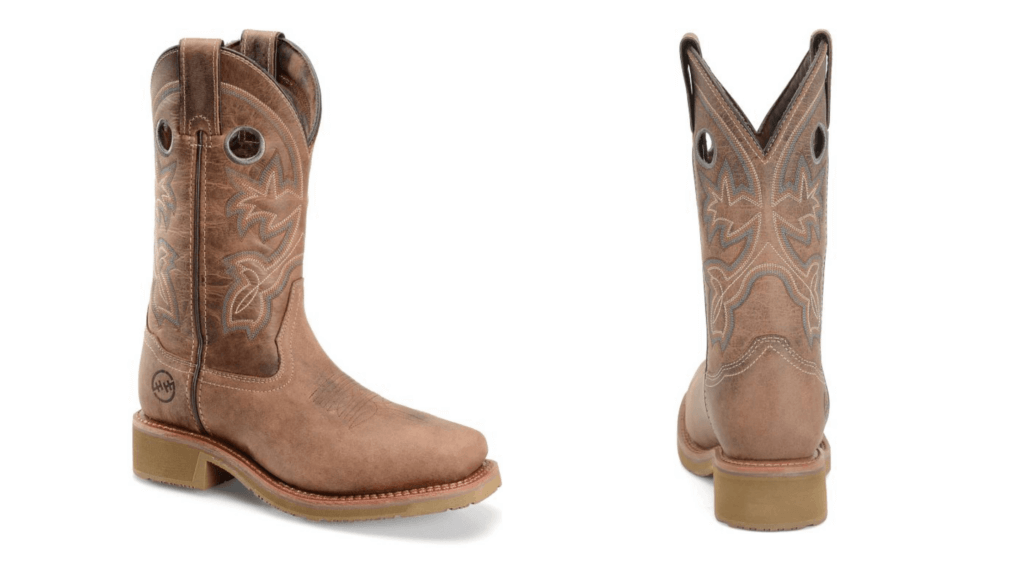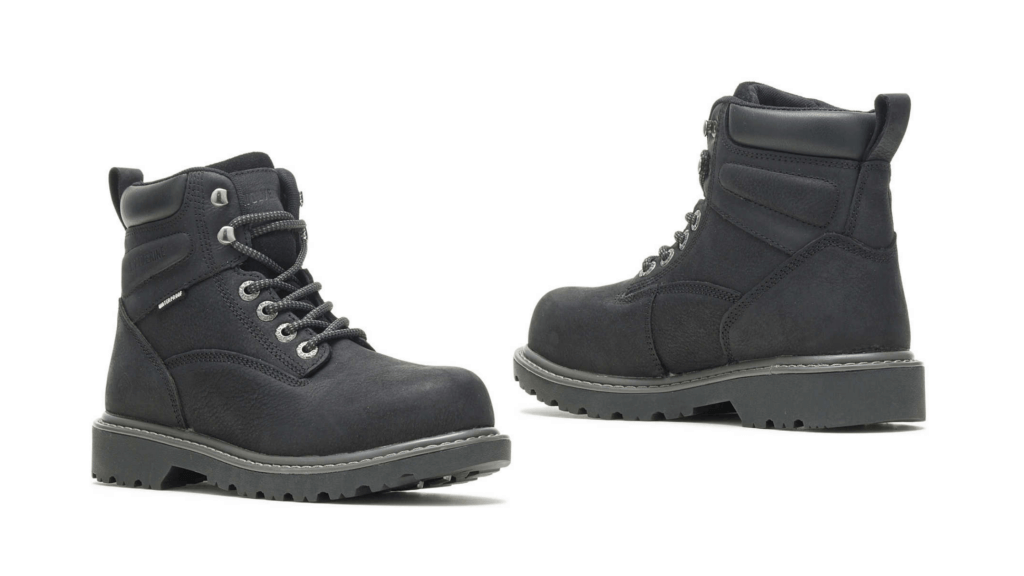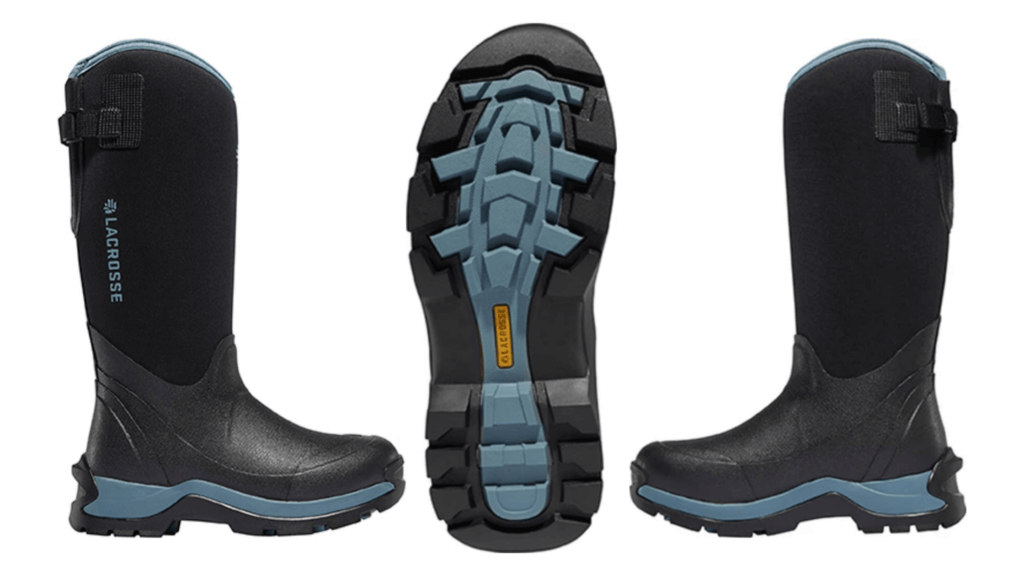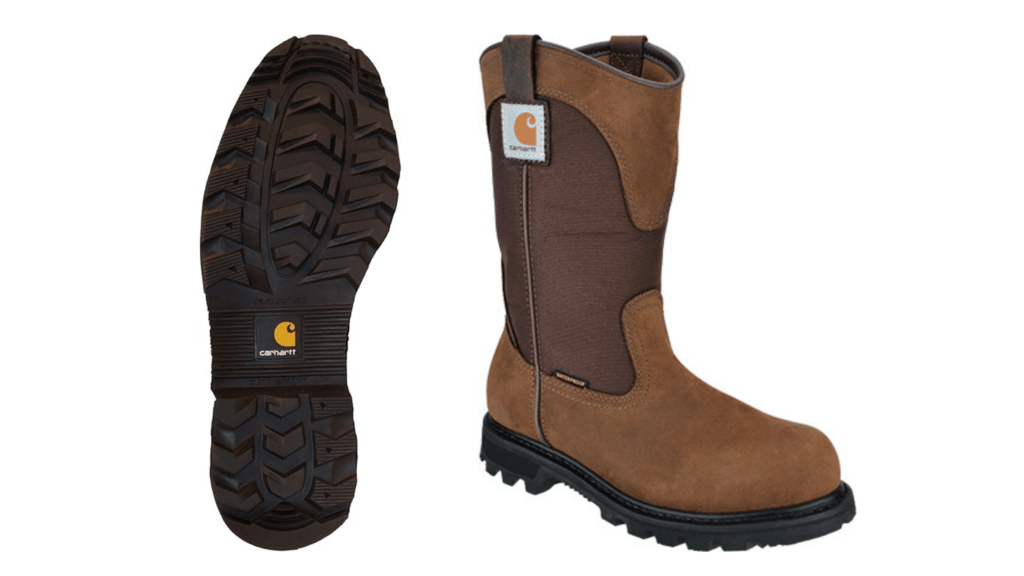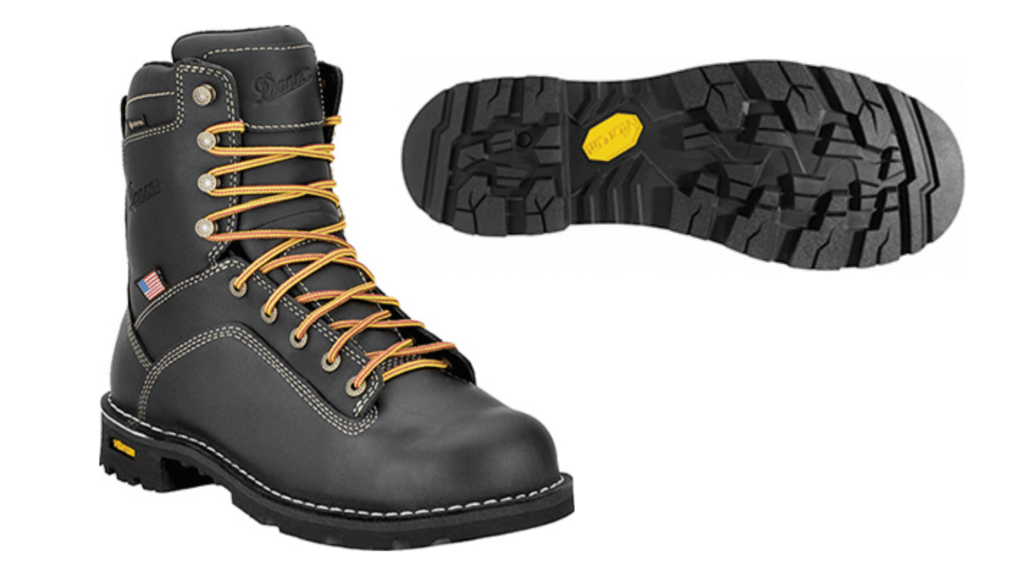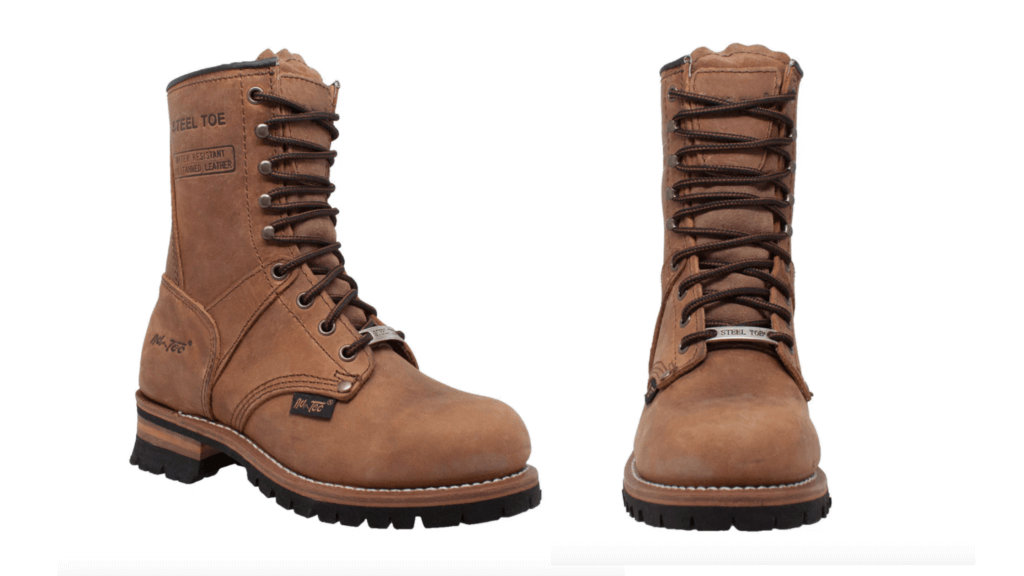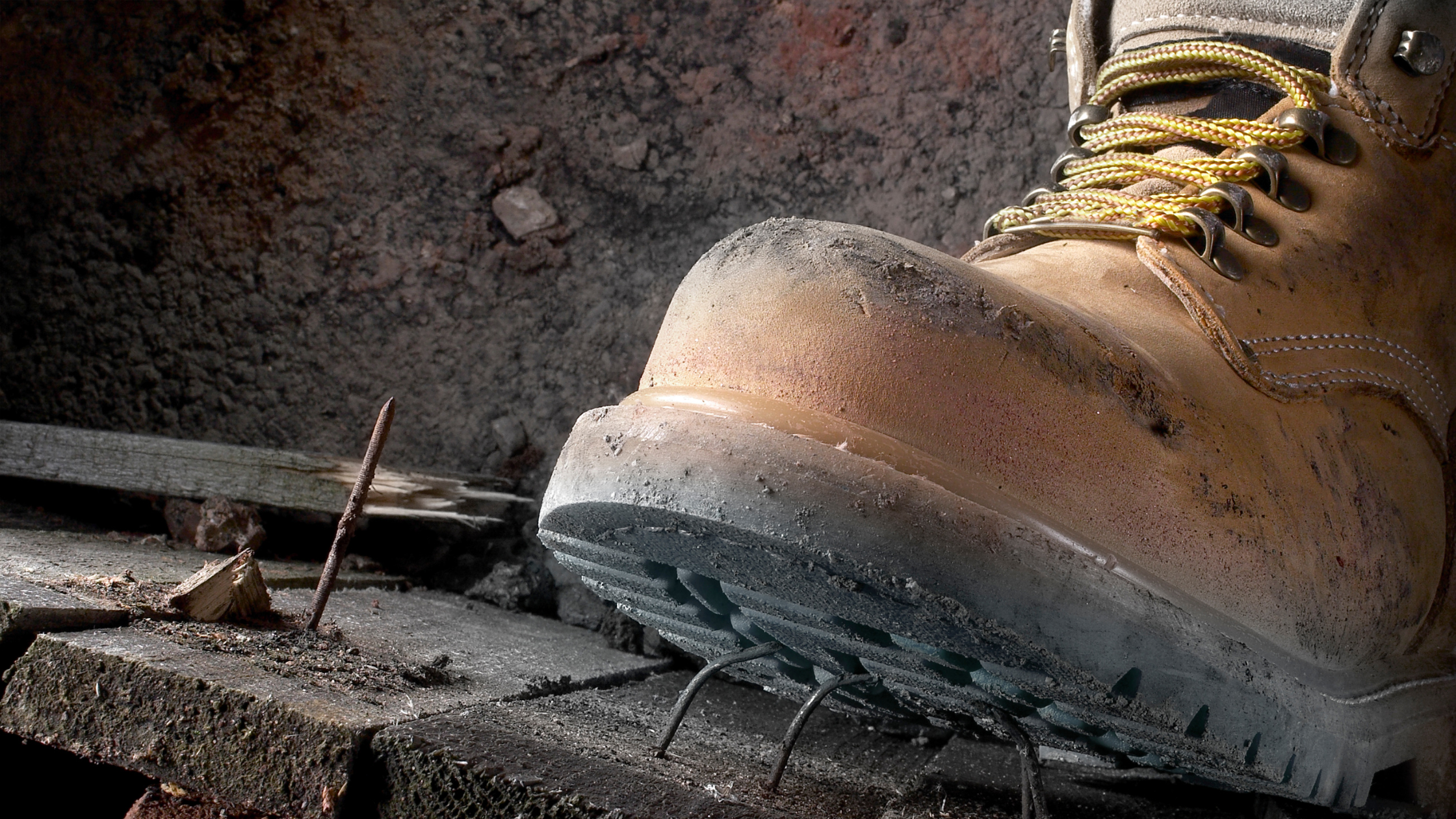Across North America, the trade industries continue to experience growing labor shortages, which are estimated to be over half a million people. To combat these shortages, companies are leaning into technology to fill the gaps and, in some instances, offering free training for marginalized people considering a trade career. Additionally, companies are finding ways to encourage more women into the field. By using target campaigns, fostering inclusive environments, and offering training and development, they just might see success.
Women in the workforce
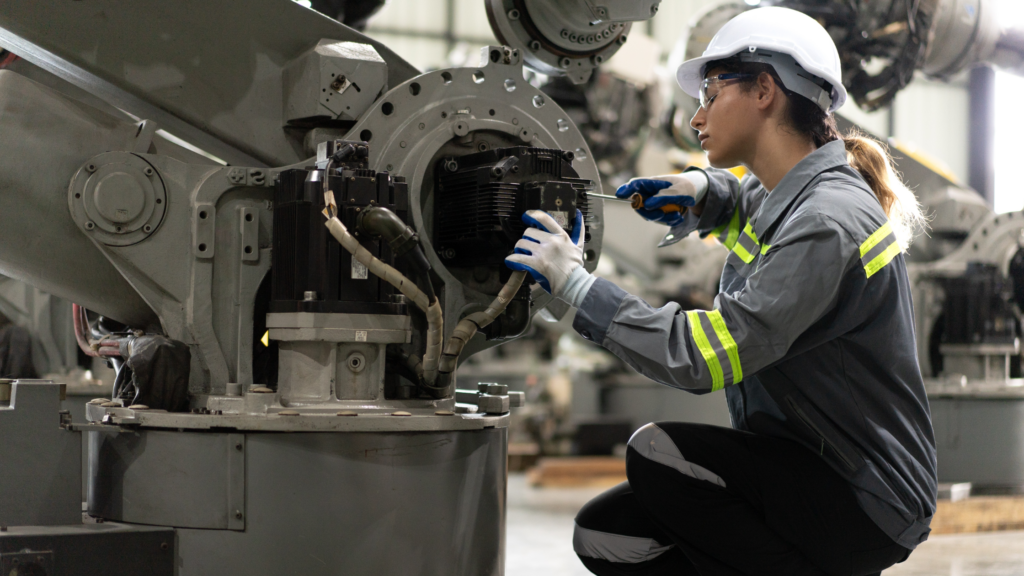
According to the U.S. Department of Commerce, the construction industry has the lowest share of women, accounting for a mere 9% of the industry total. These women are also predominantly concentrated in office or administration jobs, with even fewer in skilled trades.
One barrier to entry for women in construction is the lack of access to education, as many roles require a technical designation. Another is a lack of access to a network. Construction, in particular, usually recruits via word-of-mouth, and this male-dominated field tends to snowball into more male referrals.
Arguably, the most significant barriers for women thinking about joining the trades are environmental conditions like worksite culture, harassment, discrimination, and significantly limited access to support services like childcare. While the wage gap for women is smaller than in science, technology, engineering, and math (STEM)-related industries, the gap is still prevalent enough to deter women.
Who’s leading the way?
A few companies are leading the charge for more women to join the construction space, and they’re all starting to make their own impact in the AEC industries at large.
Transportation & Construction GIRL
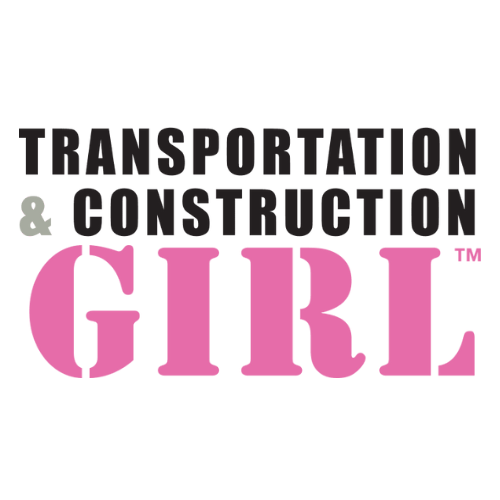
Colorado’s Transportation & Construction GIRL (T&C GIRL) program encourages young women to explore trade and transportation options through mentorship and hands-on education. The T&C GIRL program holds an annual event that showcases real-world exposure to jobs in the trades with interactive exhibits.
NAWIC
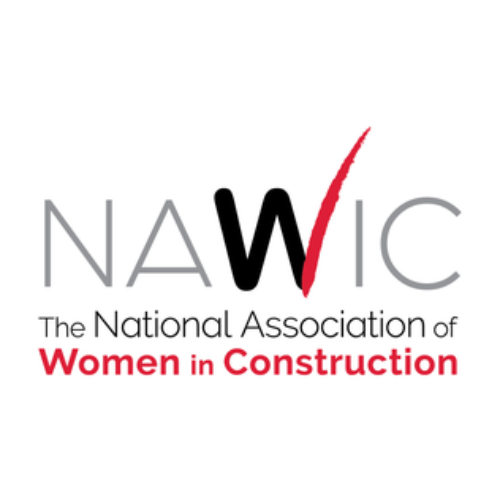
The National Association of Women in Construction (NAWIC) works to provide education, networking opportunities, and resources for women considering a career in construction. With over 115 chapters across the U.S., NAWIC hosts events and conferences and provides scholarships to some for free education in the trades. They also host their own job board with transparent salary ranges that women can turn to when looking for a career.
Ambition Theory

Ambition Theory is on a mission to transform the construction industry by empowering women and equipping companies to lead the charge. They provide women with the skills and confidence to step into leadership roles through their NAWIC Leadership Academy and also work with companies at the organizational level to cultivate inclusive cultures that retain and advance more women.
By working directly with women, leadership teams, and entire organizations, Ambition Theory drives meaningful change—helping companies retain top talent, build diverse teams, and shape an industry where women thrive.
Chicago Women In Trades
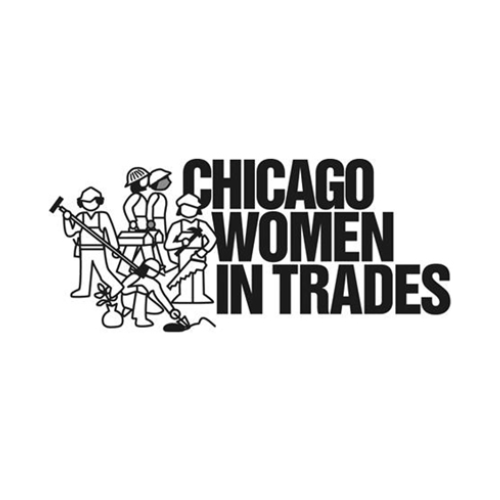
The Chicago Women In Trades (CWIT) offers free training programs to women looking for careers in construction. They provide virtual information sessions that detail the free Technical Opportunities Program, the Women in Welding Program, and the Women Build Illinois Program. Their mission is to ensure all women looking to earn a good living working with their hands have access to training, information, and employment opportunities in the trades.
7 strategies to attract more women to construction
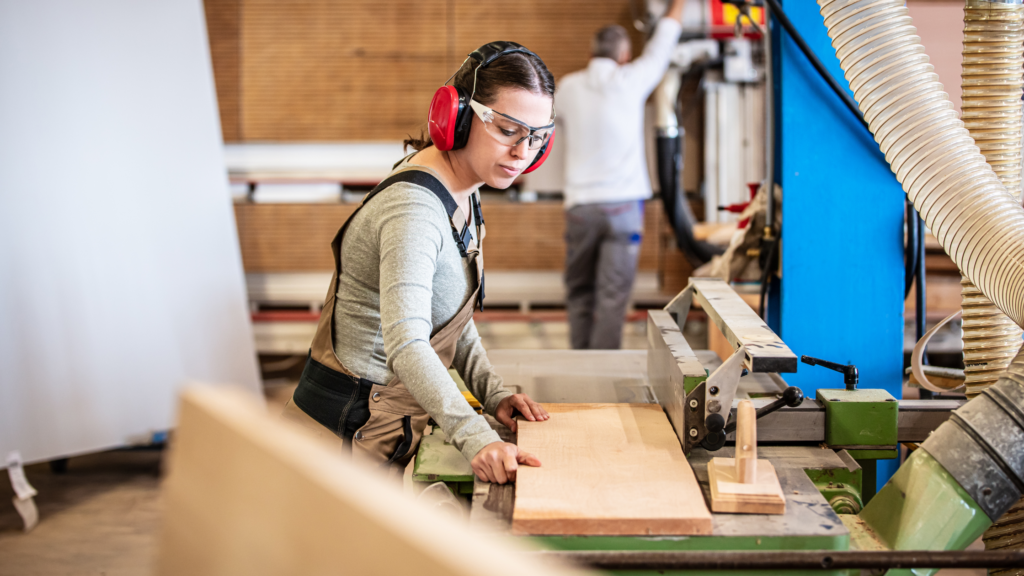
1. Inclusivity
Toxic masculinity is still rampant across many work sites across North America, and the sooner that employers work to foster inclusivity, the sooner workers in minority groups, including women, will be drawn to fill the labor shortage gaps.
Establishing a zero-harassment culture and prioritizing psychological safety can be done through regular sensitivity webinars, reprimanding harassing behavior, and promoting more empathetic leadership.
2. Targeted campaigns
Recruitment campaigns are a powerful way to spread the word about the construction industry as a suitable career choice for women. Showcasing successful women already in the field, highlighting the roles open in the industry, and highlighting what the career trajectory could look like for women could do wonders to increase employment rates.
Psychologically speaking, people want to be able to envision themselves in the careers they’re aspiring for, and that’s why prominent representation matters.
3. Start early
An effective way to raise women’s employment rates in construction is to encourage students to enter the workforce. Employers can do this by partnering with educational institutions to provide internships, scholarships, and apprenticeships specifically for women. Workshops, career fairs, and guest speakers can also be great ways to encourage female students to consider the trades.
In some pockets of the industry, the targeting starts even younger, with television programs aimed to expose children of all backgrounds to careers in the trades.
4. Flexibility
The rigidity of the construction industry is a significant deterrent for women to join. By providing more flexible working hours, on-site child care, and anti-harassment policies, women will feel more welcome, and employment opportunities will feel more safe and accessible.
Companies must also work to close the wage gap. Industries are becoming increasingly transparent about earning potential in different roles, and earning a fraction of what their male counterparts make for a job just as grueling will have women shying away from potential job openings.
5. Offer training and development
Ambition Theory’s Building Better: Women In Construction report found that the most important factor for women with more than one year of work experience when job seeking is a ‘clear path to career advancement’ – seeing the path to growth and advancement is crucial for recruiting and retaining women.
Develop a framework that creates pathways for apprentice utilization goals, training investments, and apprenticeship readiness. The U.S. Department of Commerce has a ready-made CHIPS Women In Construction framework that companies can adopt to get the ball rolling.
6. Sign the Million Women in Construction Community Pledge
The Million Women in Construction Community Pledge was developed and launched in May 2024 by the U.S. Department of Commerce to encourage leading construction companies to commit to increasing women’s access to jobs, training, and leadership opportunities.
By signing the pledge, companies can demonstrate that their workplace is committed to reducing barriers for women and fostering a safe and supportive environment for their career growth. Leading companies that have already signed on include Power Design, Suffolk Construction, and Turner Construction.
7. Continue to value the women you already employ
More women in the workplace means more hiring, but it also means taking action to retain the women you already have. Start by training everyone, from interns to senior leadership, on workplace respect, diversity, and anti-harassment. Openly advocate for women and encourage internal advancement for those looking to grow. Close the wage gap to ensure women are respected and compensated fairly.
Bottom line
There are many industries where women are the minority of employees, but construction doesn’t have to be one of them. Encouraging women to join the workforce would make combating the labor shortage easier and create a more diverse and positive company culture.
Companies can take action and start encouraging women by fostering an inclusive culture, creating targeted campaigns, offering flexible work options, and more. Working with programs like Ambition Theory, NAWIC, and Chicago Women in Trades will also make a world of difference in getting started.
Everyone wins by aiming to strike more of a balance between genders in your workplace.
For more on news and the evolving AEC space, subscribe to our weekly newsletter.
